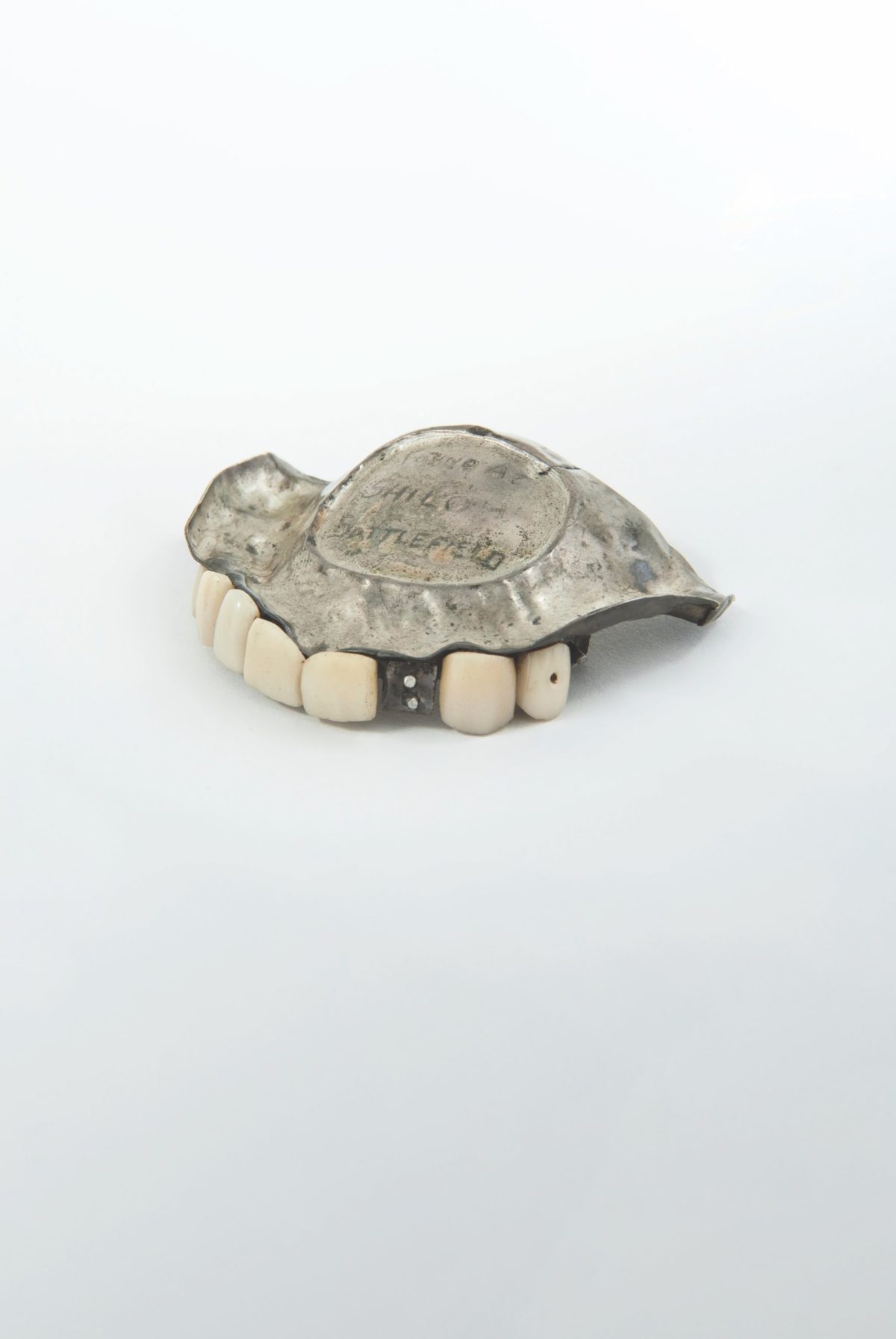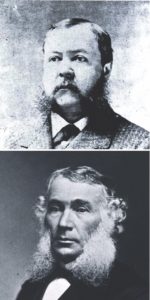
Surgeon General Samuel Preston Moore. (Courtesy of Robert Murphy; University of Alabama at Birmingham)
Looking behind the scenes of Maj. Gen. Ulysses S. Grant’s historic 1863 Vicksburg Campaign, The Dental Cosmos made a telling observation about the Union commander. “In starting on the movement [of his troops] the General disencumbered himself of everything, setting an example to his officers and men,” the medical journal offered in its August 1864 edition. “He took neither a horse nor a servant, overcoat nor blanket, nor tent, nor camp-chest, nor even a clean shirt. His only baggage consisted of a toothbrush. He always showed his teeth to the Rebels.
“He, like many of his officers, especially those who were practicing dentists in civilian life, knew the importance of good dental health.”
In 1883, William Leigh Burton, who in 1864 was the first dentist appointed to the Confederate Medical Corps, reminisced in the American Journal of Dental Science: “It would be next to impossible to form an idea of the wretched condition of the teeth of Confederate soldiers. The great majority had been several years in service with out as much as having their teeth examined; and this neglect coupled with habits of carelessness, an absence of tooth brushes.”
At the onset of the Civil War, dental services did not seem a priority for the U.S. government, with senior military officials believing in general that surgeons and hospital stewards were sufficiently capable for treating dental contingencies to keep soldiers in fighting shape. Confederate President Jefferson Davis and Surgeon General Samuel Preston Moore, however, were leading advocates for establishing dental services for the Southern military. In fact, as secretary of war in the Franklin Pierce administration in 1853, Davis had supported establishment of an Army Dental Service. Now, as head of the Confederate government, he had the authority to turn that promise into reality.
Nevertheless, by the war’s conclusion in 1865, most dental needs for the Union and Confederate armies had been handled by physicians and not dental specialists. The first appointment of a non-commissioned dental officer in the U.S. Army would not occur until 1872, and a separate U.S. Army Dental Corps would not be established until 1911, only a few years before World War I.
American dentistry had made significant technological advances from 1840 to 1860. The Baltimore College of Dental Surgery, founded in 1840, was the world’s first professional dental school. In 1846, a Massachusetts dentist, Dr. William T.G. Morton, successfully used anesthetic agents (sulfuric ether) in tooth extractions. Reduction of pain during dental surgery helped many patients overcome their fear of dentists. By 1860, two additional dental professional colleges were established in Philadelphia. Combined didactic and clinical training lasted 5–12 months. Mid-19th century American dental societies and dental school faculties actively employed scientific methods of inquiry to improve clinical practice, especially in dental hygiene and tooth restoration.
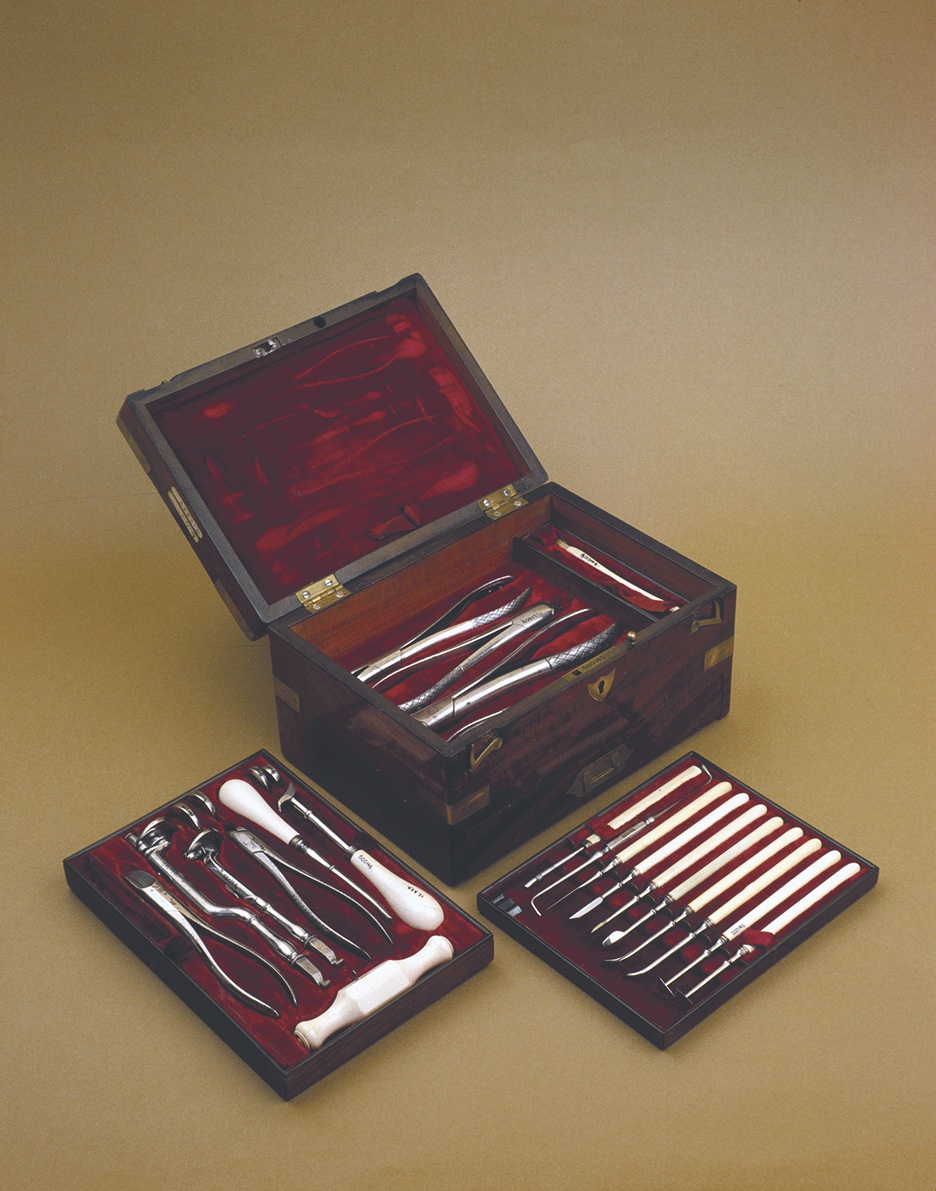
When John Hugh McQuillen, MD, DDS, endorsed in The Dental Cosmos creation of a Dental Corps for the Union Army, he understood that the high cost of dental restorative materials and dental practitioners would be a burden to a federal government already expending $1.5 million per day to support the war. He suggested that highly trained dental surgeons educate military surgeons on extraction and diagnostic techniques to differentiate teeth requiring extraction versus those needing restorative treatment.
McQuillen criticized Dr. Samuel Gross’ neutral stance in the Manual of Military Surgery (1861) regarding the adequacy of the tooth extraction sets issued to military surgeons. Those sets contained only six instruments, whereas McQuillen noted that any competent dentist fully realized that a set of 12 instruments was needed to meet any contingencies seen in the field. McQuillen (pictured right) also was alarmed by the use of arsenious acid solutions to shrink the periodontia surrounding an aveolus (i.e., tooth socket) with recent extraction containing root fragments to allow root tips to be retrieved. A skilled dentist with the proper array of instruments would not have to resort to the use of a dangerous drug or drugs to extract root fragments.
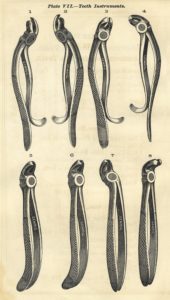
pictured below, however, were all-metal. (DVIDS)
Dr. William Roberts, editor in chief of New York Dental Journal, concurred with McQuillen’s assertion that the Union Army’s Medical Corps demonstrated a serious lack of knowledge of dental surgical procedures. Roberts, too, proposed a Dental Corps model for both the Army and Navy and enlisted the support of the newly created U.S. Sanitary Commission, a civilian-sponsored medical support service, to be an advocate for a formal service.
On August 9, 1861, the American Dental Convention met in Philadelphia, and its leadership formed a committee to appoint dentists in the Army and Navy and to advocate for a Dental Corps. The Roberts organizational model called for creation of a separate department under the guise of a dental surgeon general, with dental inspectors appointed at the division or brigade level (serving 15 and five regiments, respectively) to supervise regimental dental and assistant dental surgeons. The inspectors would compile statistics and regulate dental supply logistics.
In addition, regimental dentists would direct the services of “dental stewards,” and a board of dental examiners under the auspices of the dental surgeon general would conduct professional peer review and competency inspections to assure quality practices.
As Roberts noted, “If the soldier could only take reasonable care of his teeth himself, he would get on much better…but a tooth-brush is an article not in the regulations and sutlers don’t supply them. If there were a dentist in the brigade, with good tooth-brushes, at the usual prices, every decent soldier would have one and use it….”
Union Army Surgeon General William Hammond was among those in favor of having dentists serve as commissioned officers in the military. He received delegates from the ADC-created committee shortly after his appointment but unfortunately never followed through on assurances to discuss advocacy with Secretary of War Edwin M. Stanton. Stanton considered the cost of dental services an extravagance due to the high cost of gold/silver restorative materials. He believed soldiers could seek local dental services in towns located near encampments or even get treated by soldier dentists at their own expense.
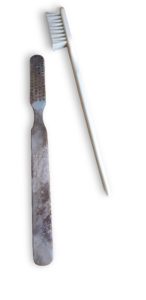
Good Molar Maintenance
Even by the then-modern advances during the Civil War era, the toothbrush was still a novelty item infrequently used across the country. Instead, residents would avail themselves of a chewing stick when the need arose. These were made by simply breaking a small limb off a tree, preferably a fruit tree for a slight bit of flavoring. The fresh wood was composed of many strands, and when it was chewed on and separated, it became useful in cleaning one’s teeth. The first toothbrush design appeared in Great Britain around 1780. It was a simple item using a bone from a cow carved down into the long rectangle shape like the current toothbrush. Initial designs contained only a couple of rows of bristles made from boar or horsehair. Nearly 64 years later, the toothbrush was revolutionized by adding another row of bristles. By the war’s inception in 1861, the toothbrush included a fourth line of hair. This configuration is still in use today. To have clean and healthy teeth became of premier importance during the sectional conflict. While it did not matter much to your average artilleryman or to some extent a cavalryman, in order to be a ground-pounding infantryman, a potential soldier had to have healthy teeth to tear apart the cartridge in order to load his weapon. Applicants attempting to enlist in the ranks of the infantry were examined to make sure, and have enough teeth on both their upper and corresponding lower jawbone to facilitate tearing the tough cartridge wrapping in order to pour the powder down the gun barrel. Tooth care was also important due to the lack of qualified dentists on either side. This fact was not more evident to anyone than to an officer in the 16th Michigan Infantry at Gettysburg in July 1863. When he went to a regular surgeon to pull a pesky tooth, the doctor “straddled him” while he lay on the ground, yanking at it with nippers until “either the tooth had to come out, or my head off.” Afterward, he vowed to “never go to a surgeon for a tooth-pulling matinee the day after a fight.” —Richard H. Holloway
In its July 1863 meeting in Philadelphia, the American Dental Association formed a five-man committee to meet with President Abraham Lincoln and key congressional leaders on this issue. Not until July 1864, however, would Dr. Samuel S. White gain that audience with Lincoln. It was the president’s suggestion that White consult with Stanton, but, with Stanton unavailable, White instead sat down with Joseph Barnes, the acting surgeon general. In Barnes’ opinion, the time wasn’t right to proceed. After all, Army of the Potomac troops were currently engaged with Lee’s army at Petersburg, Va., and Maj. Gen. William Sherman’s Military Division of the Mississippi was advancing toward Atlanta. But Barnes promised to follow up should the war extend much longer. That would not occur.
For the remainder of the war, Union dental services remained more or less at individual soldiers’ discretion. Hospital stewards or military surgeons would generally handle extractions or treat periodontal abscesses. As Stanton favored, soldiers who had practiced dentistry in civilian life and were willing to practice “in the field” could be used for treatment—even better, if a surgeon had received dual training as a dentist and physician.
Some Southern towns were home to notable Confederate dentists, such as Findlay Y. Clark of Savannah, Ga. When Sherman’s forces reached Savannah in December 1864 to conclude the March to the Sea, Clark reported that hundreds of Union soldiers quickly sought the services of local dentists.
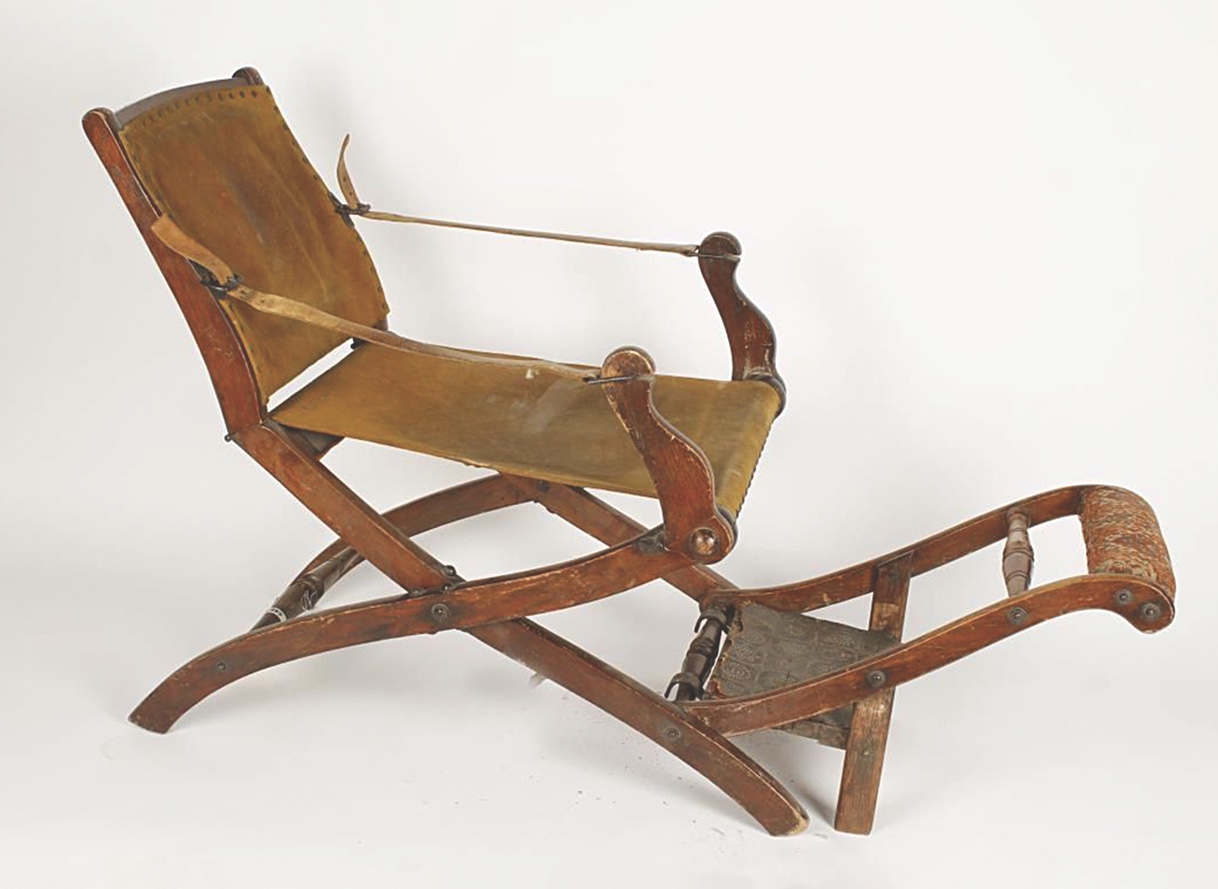
Jefferson Davis’ hopes of establishing dental services for the Confederacy in field and general military hospitals never formally played out. Toothbrushes were at least distributed routinely to convalescing soldiers in Confederate hospitals, but resources such as precious metals, palliative materials, and dental surgical instruments remained either nonexistent or scarce.
Not surprisingly, Confederates were denied access to the dental schools in Baltimore and Philadelphia during the war. Although a dental school was founded in New Orleans in March 1861, it was unable to graduate dentists until 1868. Otherwise, no accredited dental schools existed in the South.
Rampant inflation made access to dental care for the average Confederate soldier virtually impossible. Dr. W.H. Morgan of Tennessee observed the wretched condition of the teeth of Rebel troops due to insufficient rations, poor oral hygiene, and lack of toothbrushes. It is interesting that when Confederate troops captured Federal trains at Manassas Junction, Va., in late August 1862, toothbrushes became prized “booty,” and several of “Stonewall” Jackson’s soldiers were known to place toothbrushes in the buttonholes of their uniform blouses in order to show off their most prized possessions.
Across the South, the cost of a toothbrush could be as high as $10 in Confederate currency, representing more than 50 percent of an average soldier’s monthly wages, and a single visit to a professional dentist could conceivably run as high as an unfathomable $350.
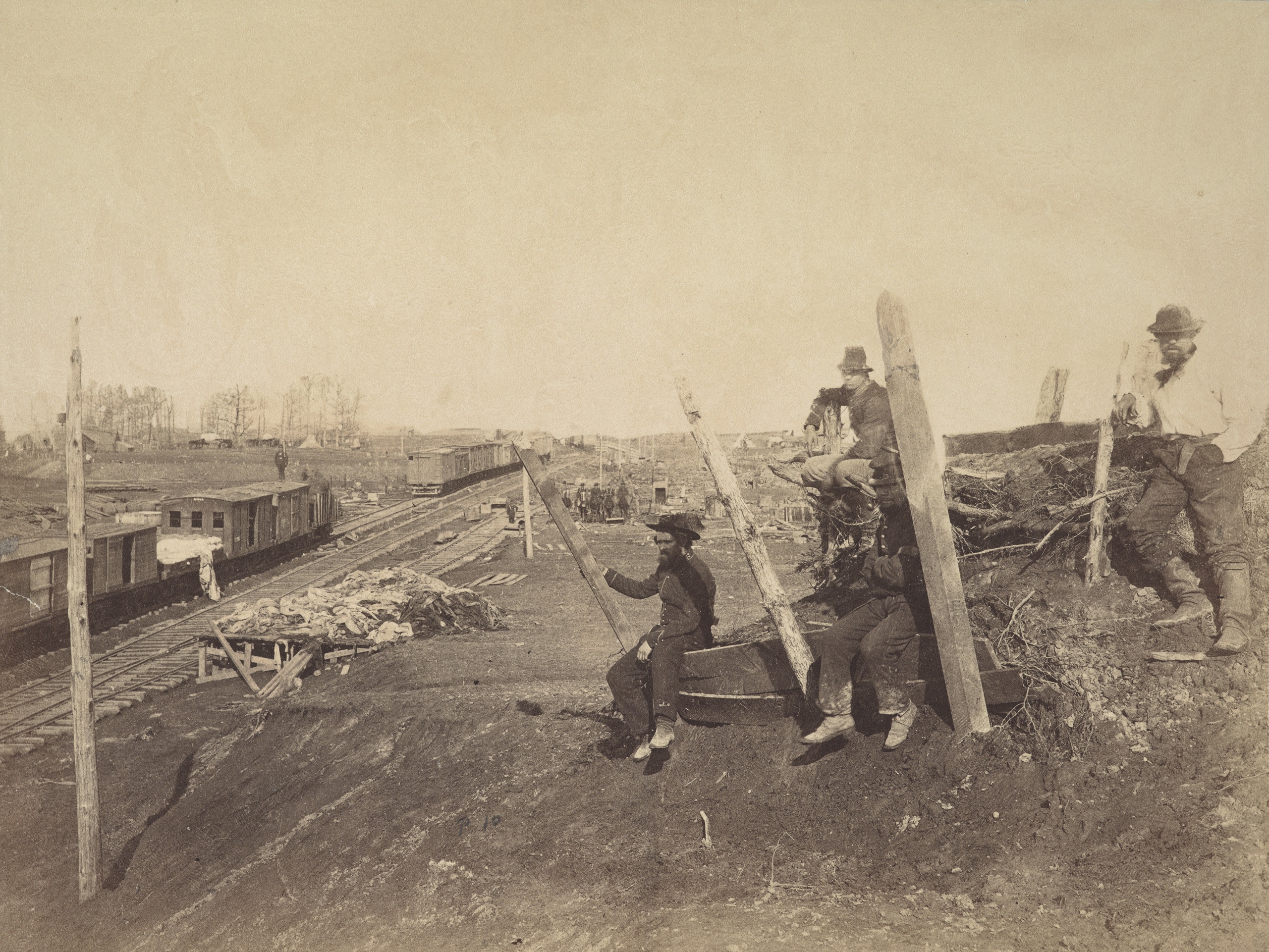
As discussed above, contract dentists were finally employed formally in the U.S. Army by 1872 and a Dental Corps was officially established by 1911. American dental professional organizations made strides in the latter half of the 19th century to promote safety and improve clinical outcomes for patients, including the censure of incompetent clinicians. Dental office operatories became mechanized and electrified. The modern microbial theories of Pasteur, Lister, Koch, and Miller were adopted in dental practice to control iatrogenic infections and subsequent systemic diseases.
Unfortunately, Civil War–era dentists did not receive the same respect as their 20- and 21st-century colleagues would. They struggled to earn their living from a public with a dubious regard to their skill sets. The creation of dental corps in the armies and navies was delayed by a lack of understanding the value of these services and the perceived notion that restorative dentistry contributed to malingering and excessive cost.
Robert Murphy, whose Civil War interest began with a trip to Gettysburg in 1962, writes from Warminster, Pa. He has taught as an adjunct faculty member at Philadelphia’s St. Joseph’s and Thomas Jefferson universities.

